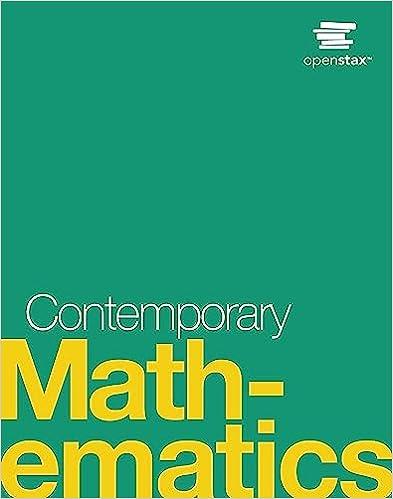States (A, B, C), and (D) received (21,25,26), and 28 seats respectively. When the house size remains
Question:
States \(A, B, C\), and \(D\) received \(21,25,26\), and 28 seats respectively. When the house size remains the same, the population of state \(A\) increased, the population of state \(B\) decreased, and the populations of states \(C\) and \(D\) remained the same, the reapportionment is A 20, B 26, C 26, and D 28 .
Determine whether the reapportionment violates the Alabama paradox, the population paradox, or neither. Justify your answer.
Fantastic news! We've Found the answer you've been seeking!
Step by Step Answer:
Related Book For 

Question Posted:





